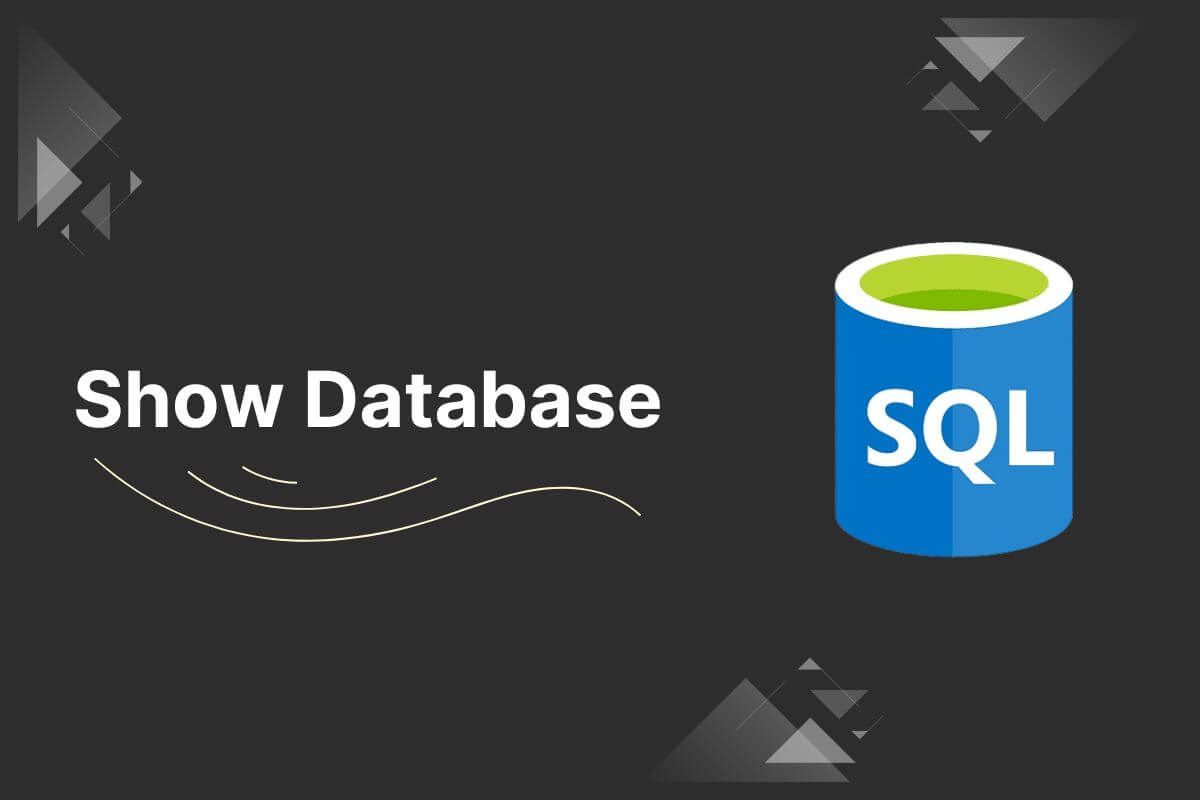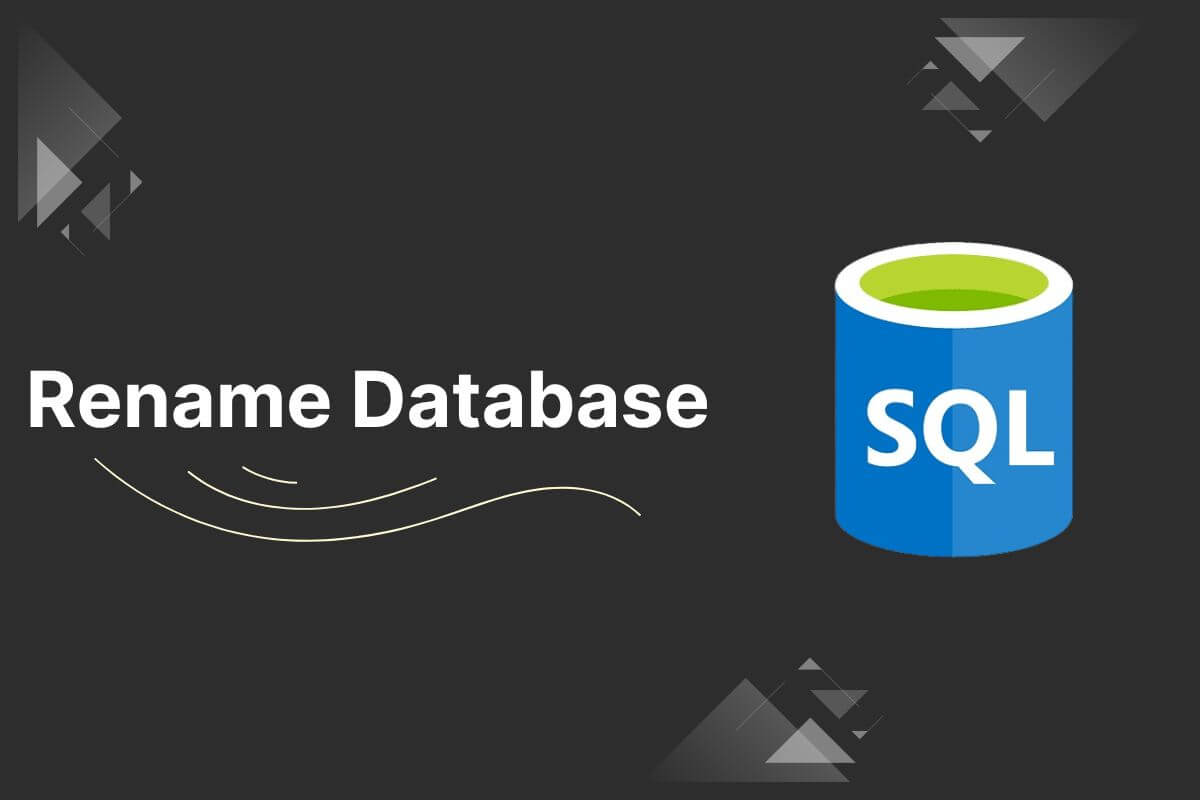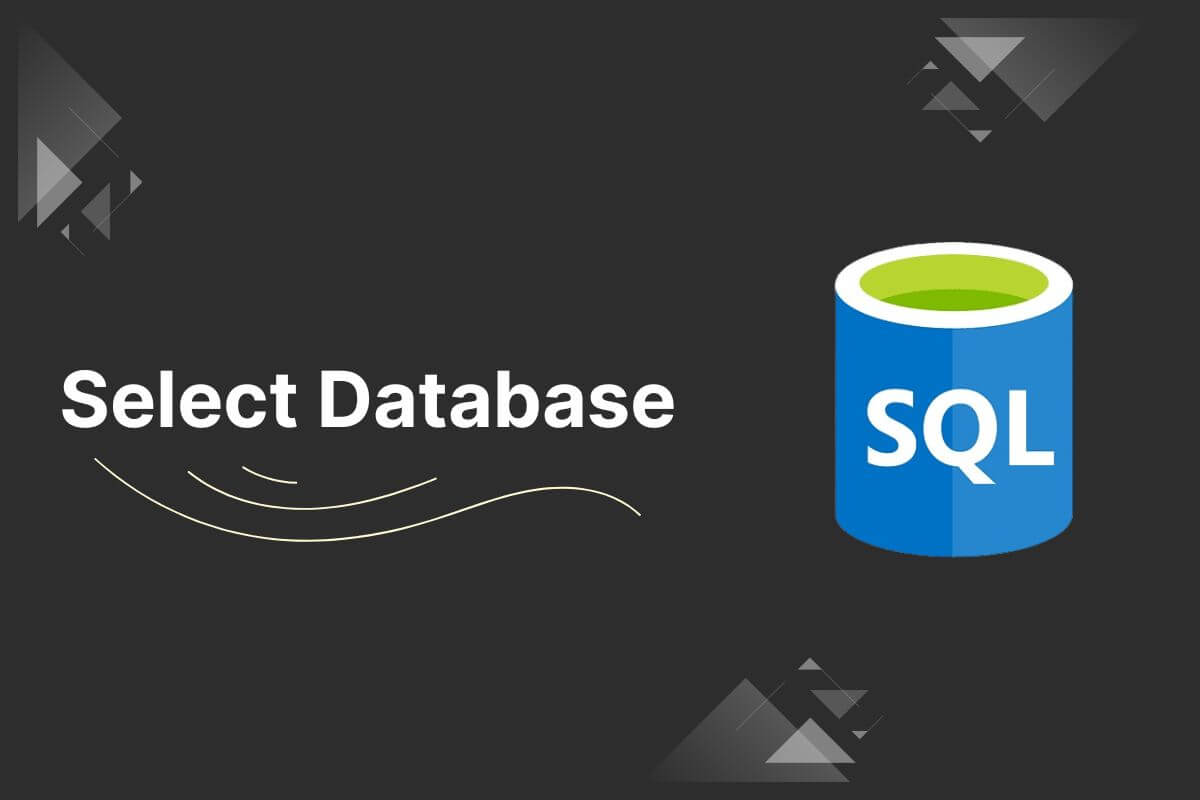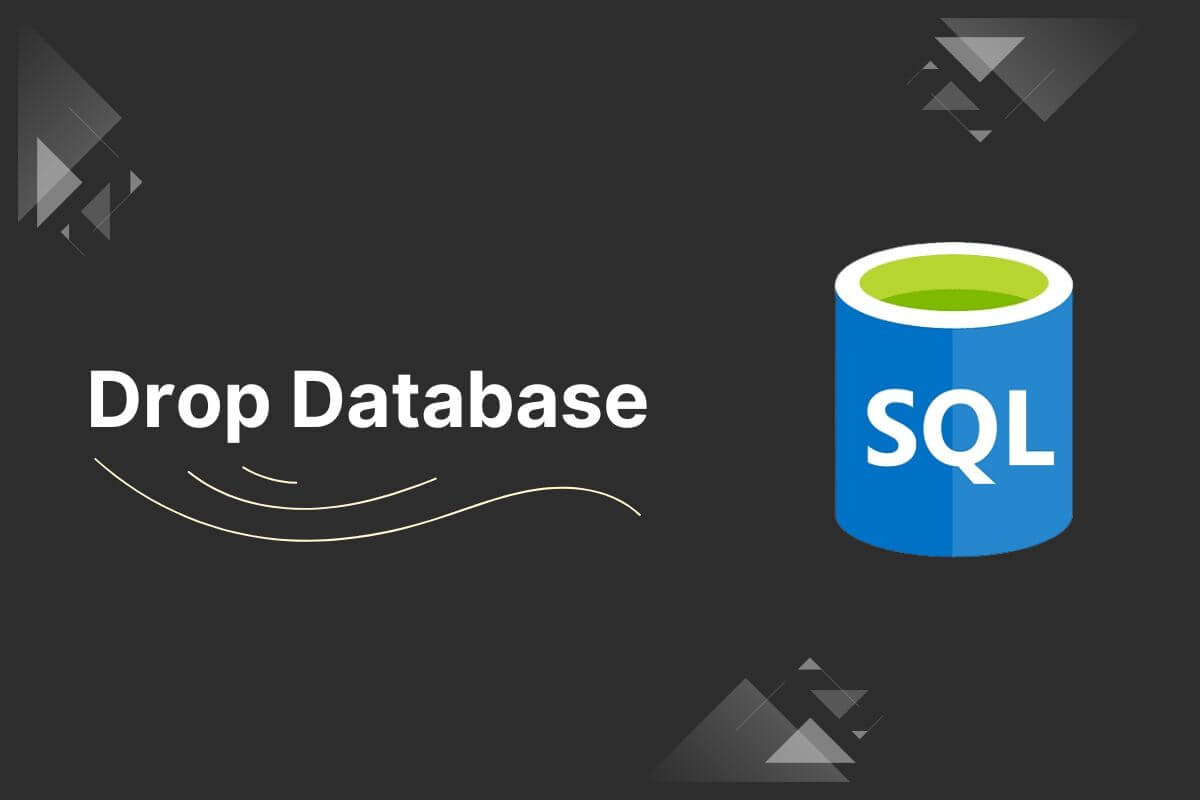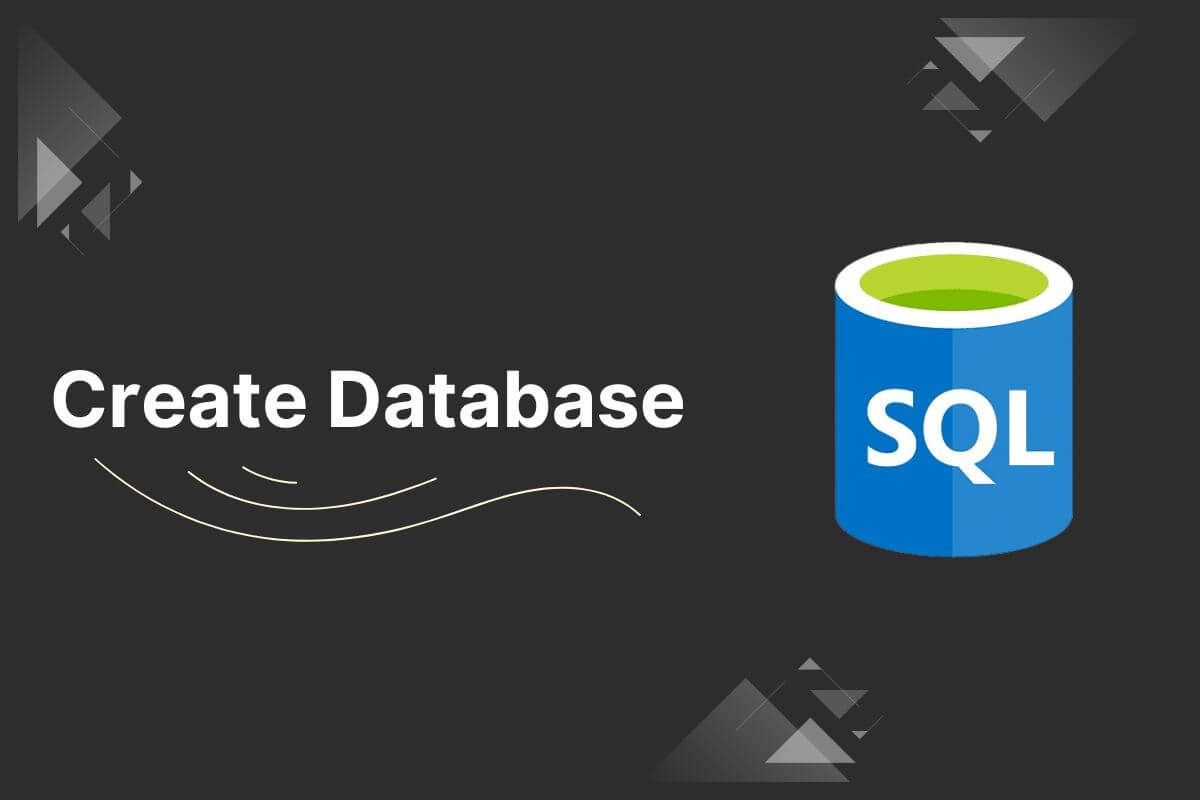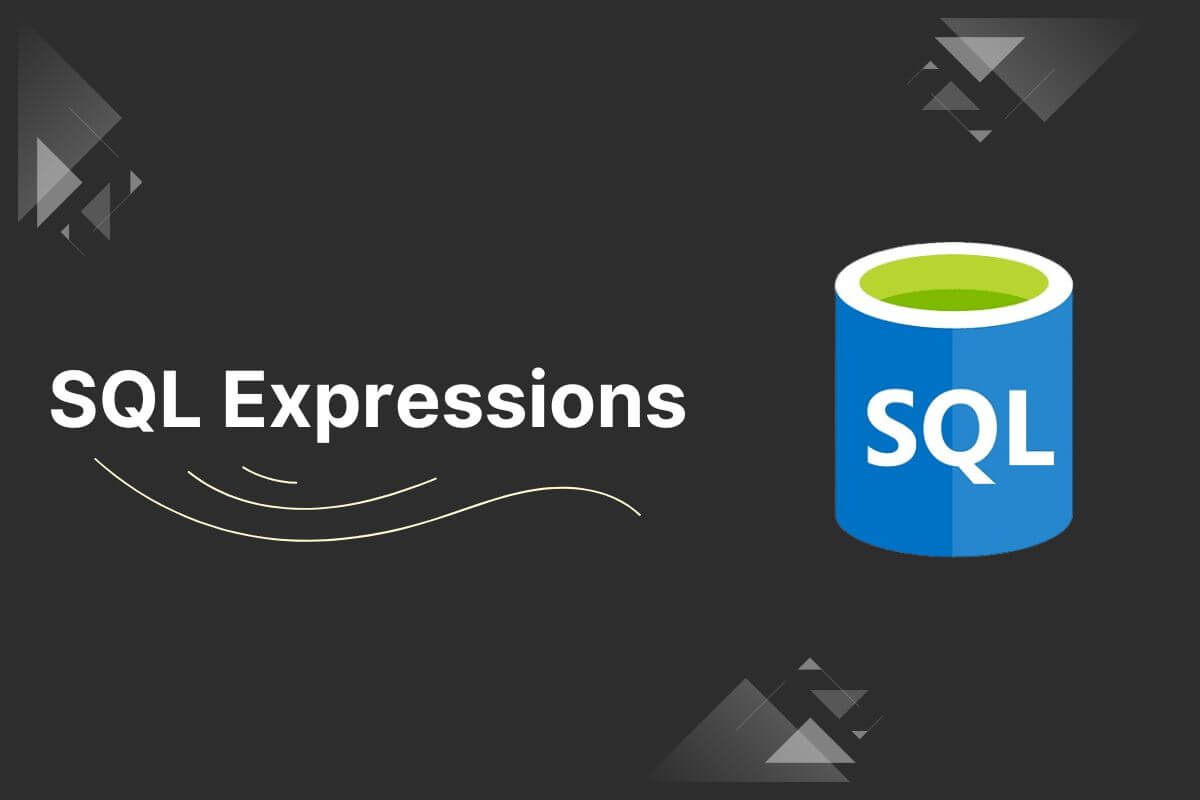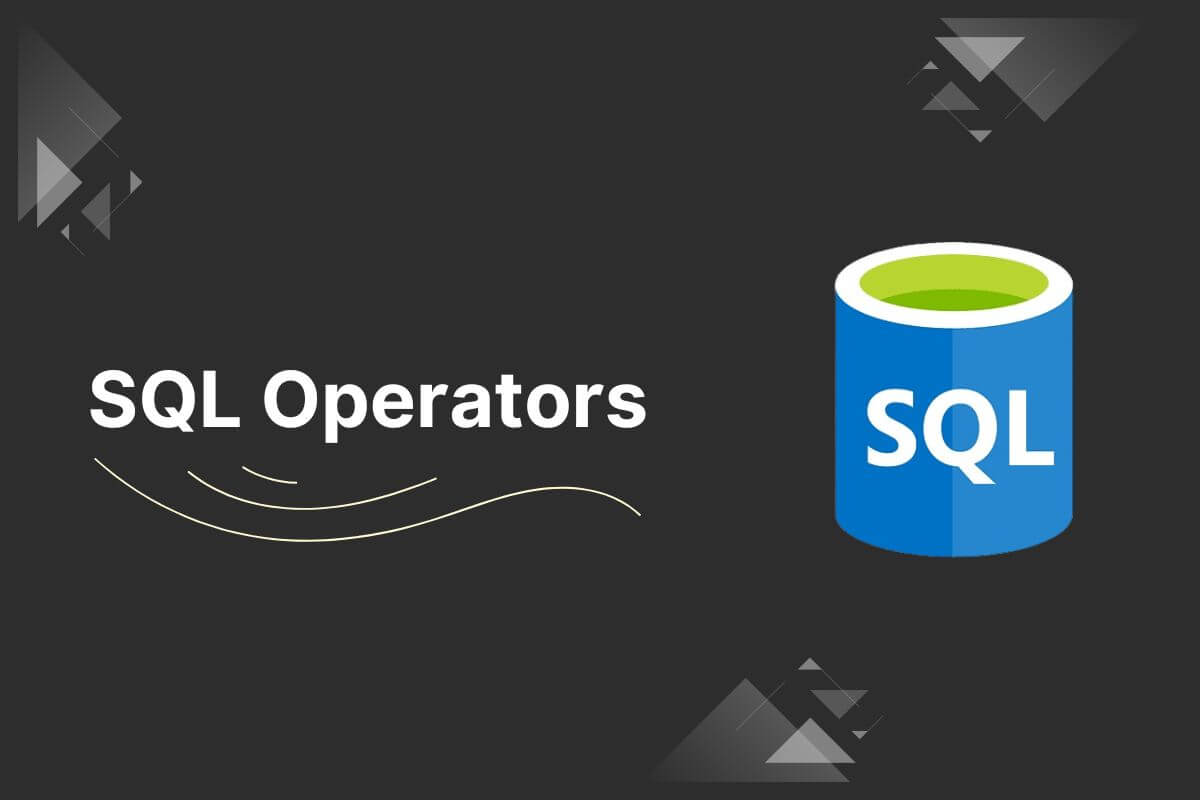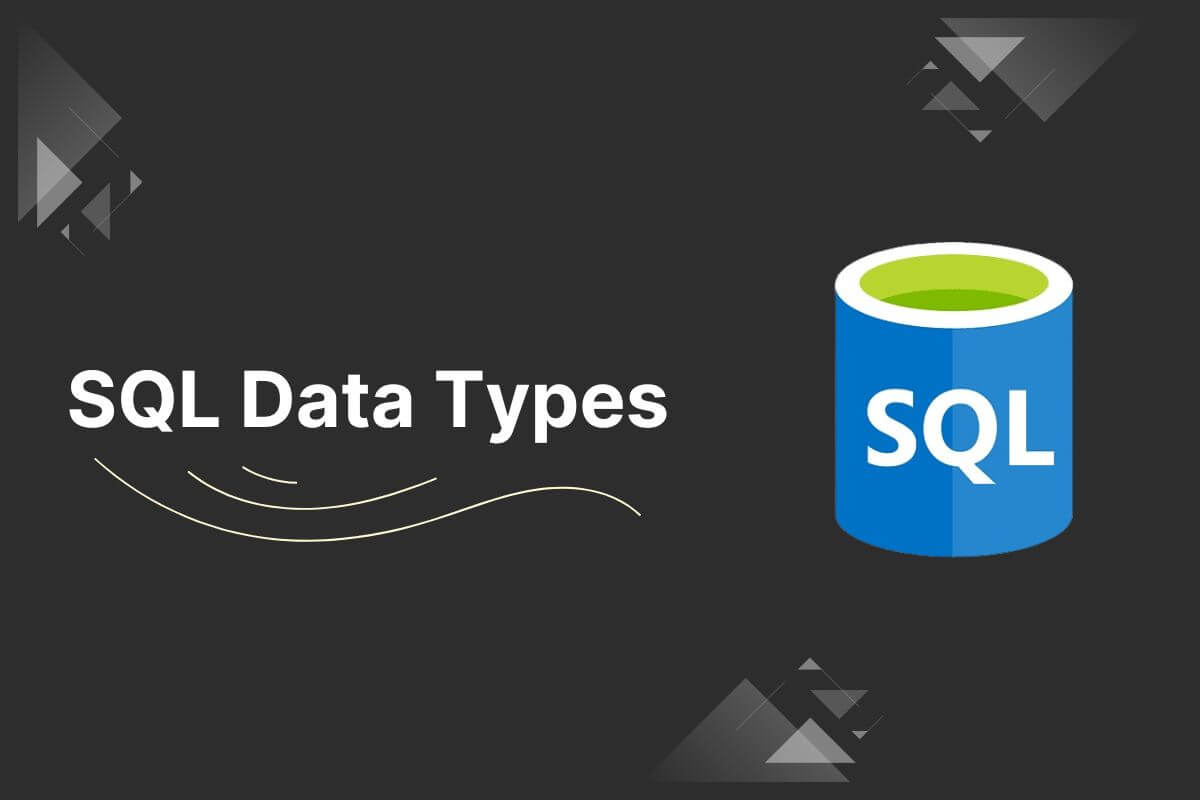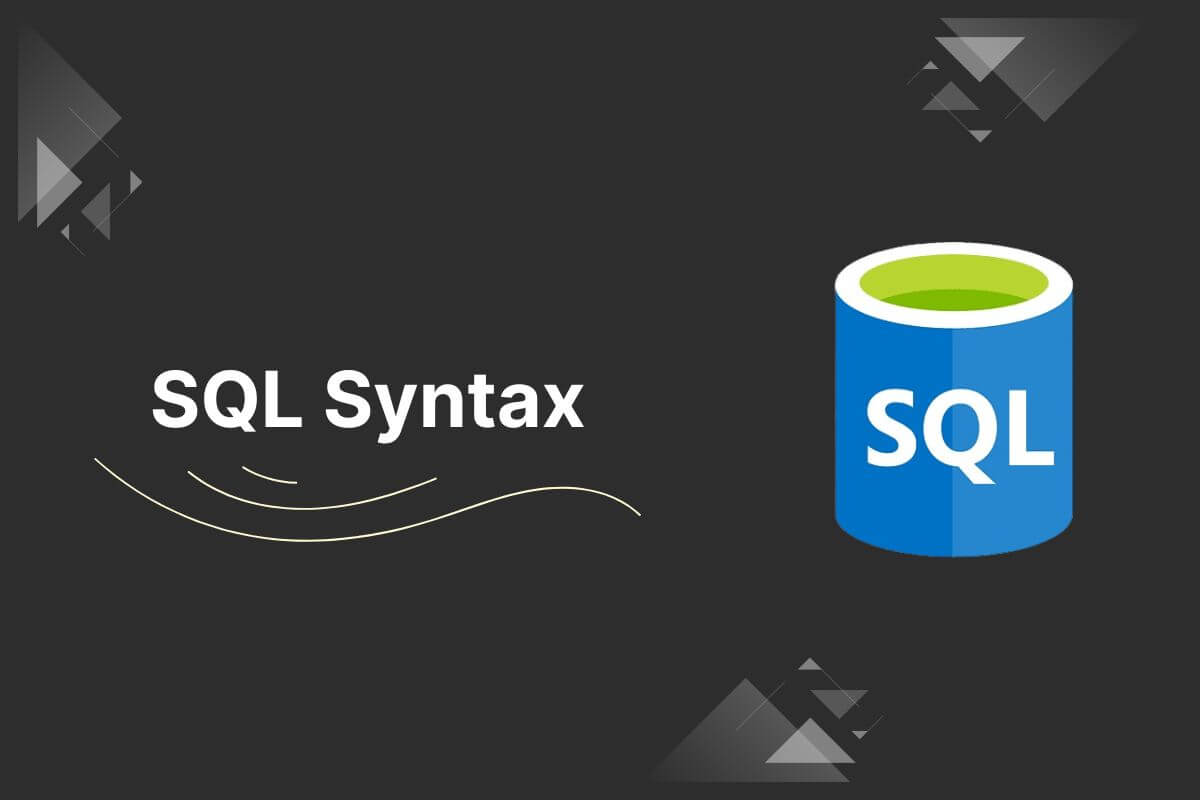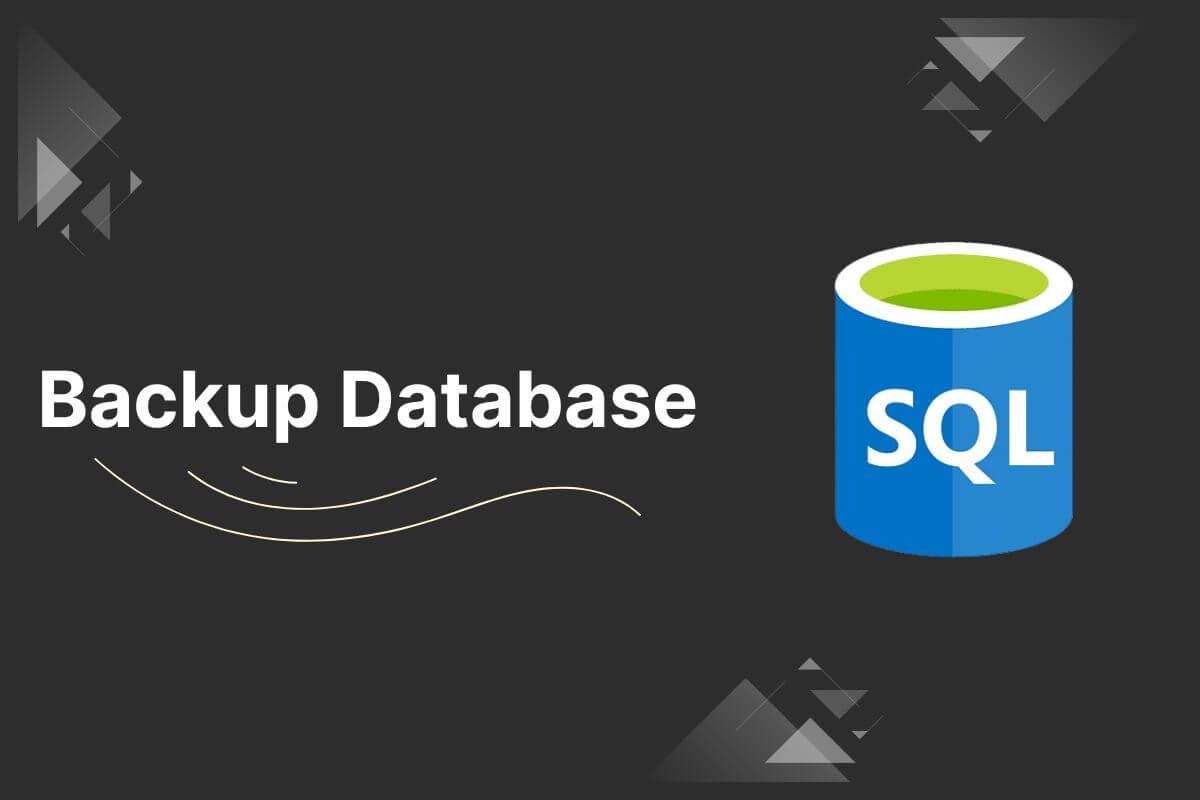
SQL Backup Database
One of the most crucial aspects of database management is performing regular backups, which create copies of the data that can be restored in case of data loss, corruption, or system failure. Among the various database management systems, SQL databases stand out for their widespread use in storing and managing

